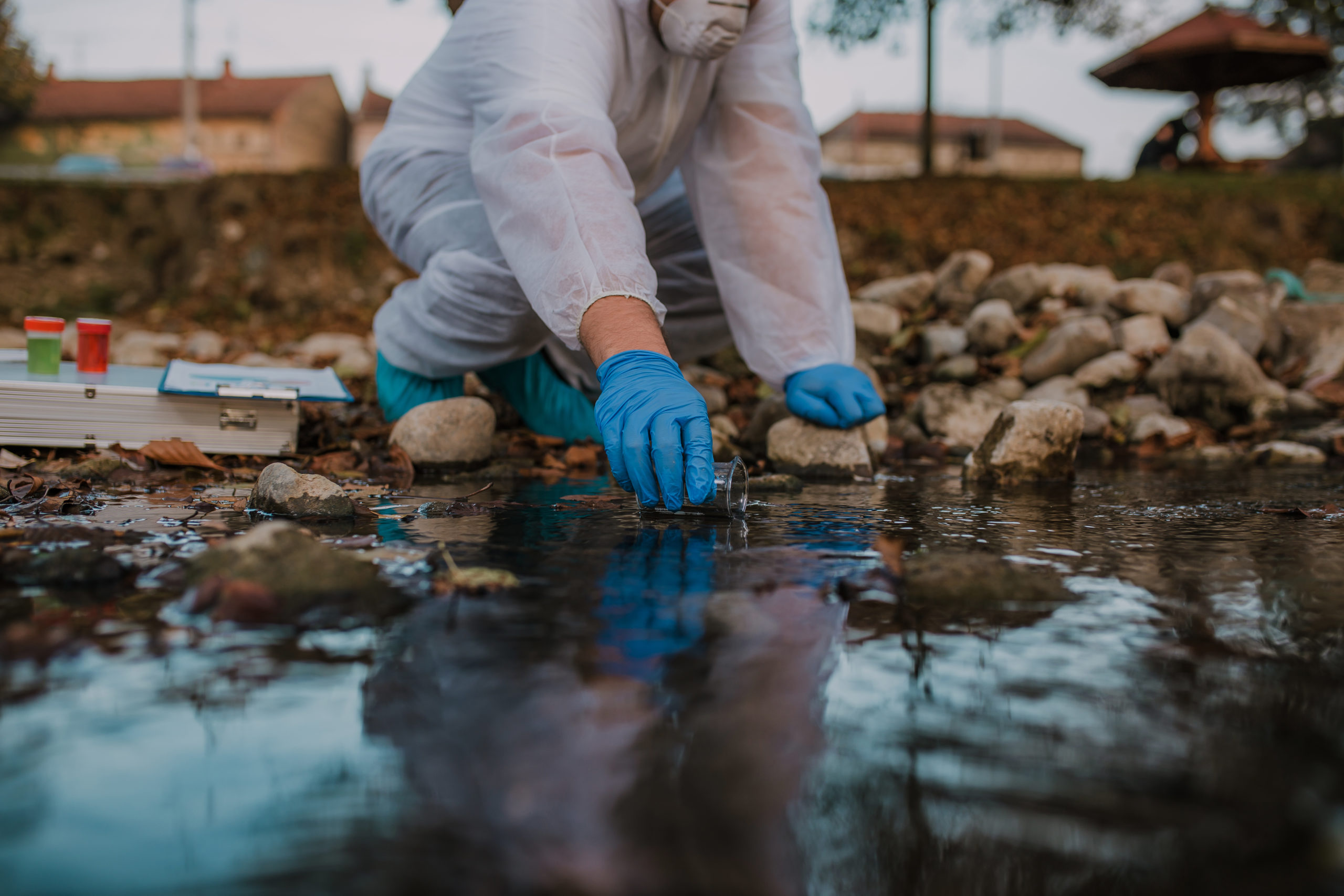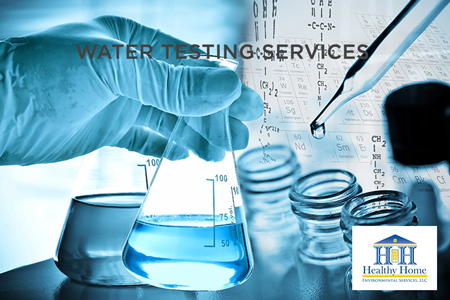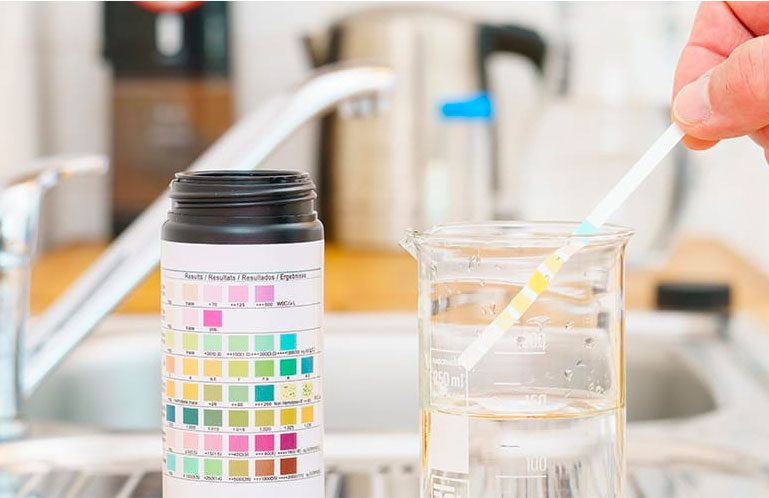Why You Should Choose Our Water Testing Service for Your Home
Comprehend the Significance of Water Testing in Keeping Compliance With Health And Wellness Specifications
In the realm of public wellness, comprehending the importance of water screening is crucial for preserving compliance with stringent wellness requirements established forth by authoritative bodies like the That and EPA. What are the exact methods used in water screening, and how do they make certain that our most crucial source stays unpolluted?
Key Wellness Criteria for Water
Making certain the safety and quality of alcohol consumption water is paramount, as it directly influences public health. Rigid health requirements are developed to safeguard people from waterborne diseases and pollutants that can bring about unfavorable health and wellness results. The World Health And Wellness Company (THAT) and nationwide agencies like the Environmental Defense Firm (EPA) in the United States set standards and governing limits for various physical, chemical, and biological specifications in alcohol consumption water.
These standards are based on substantial clinical study and are periodically assessed to include technical innovations and brand-new searchings for. Key specifications consist of microbial impurities such as microorganisms and infections, chemical pollutants like lead and arsenic, and physical qualities such as turbidity and pH levels. Compliance with these standards guarantees that water is devoid of harmful substances and is aesthetically pleasing to the consumer.
Water screening plays an essential role in verifying conformity with these health and wellness requirements. Routine tracking and testing help identify potential concerns prior to they posture a considerable health and wellness risk, permitting prompt intervention and removal. By following these standards, water companies can maintain public self-confidence in the security of the neighborhood's supply of water, thereby protecting public health properly.
Typical Contaminants Found
When examining water high quality, what are the most prevalent pollutants that tend to be found? Microbial pathogens, including microorganisms like Escherichia coli and protozoans such as Giardia and Cryptosporidium, are often located in water sources, presenting significant health and wellness threats if ingested.
Nitrates, usually resulting from farming fertilizers, can lead to major health and wellness problems, especially in babies. Volatile organic substances (VOCs) and chemicals, by-products of commercial activities and agricultural practices, more add to water contamination.
Not natural substances such as fluoride and chlorine, although often purposefully included to water for wellness advantages, can come to be troublesome at elevated levels. Emerging contaminants, consisting of pharmaceuticals and personal treatment products, are increasingly being spotted, elevating worries regarding their potential effect on human health and wellness and ecosystems. Resolving these pollutants is vital for safeguarding public health and guaranteeing water quality compliance.
Methods of Water Testing
Water screening's precision is important for recognizing impurities and making certain safety compliance. Well water testing services. To accomplish accurate outcomes, numerous approaches are employed, each customized to spot details impurities and align with governing standards. One common strategy is spectrophotometry, which measures the absorption of light by chemical materials in the water, thus recognizing elements like nitrates and phosphates. This approach is advantageous for its level of sensitivity and uniqueness.
Chromatography is an additional innovative approach used, particularly for organic pollutants. By dividing combinations right into specific parts, it permits detailed analysis of complex pollutants. Gas chromatography and liquid chromatography are frequently made use of versions, each matched for various substance kinds.
Microbiological testing is crucial for detecting pathogens such as germs, viruses, and protozoa. Methods such as membrane filtration and multiple-tube fermentation are employed to society and recognize microbial visibility. These approaches are essential in protecting public health and wellness by making sure microbial safety and security.

Benefits of Normal Testing
Comprehending the different methods of water screening highlights the requirement of regular screening methods to maintain water top quality. Routine water testing acts as a positive measure to recognize prospective contaminants prior to they rise into serious wellness dangers. By regularly keeping an eye on water top quality, companies can identify contaminants such as bacteria, hefty metals, and chemical residues early, enabling timely treatments that avoid wellness dangers and pricey remediation initiatives.

Moreover, routine screening ensures that water systems follow recognized wellness standards and policies. This conformity is crucial for preventing lawful penalties and maintaining the depend on of stakeholders and consumers. Constant water high quality assessments help recognize trends or changes in water make-up, providing important data that can assist functional choices and source management methods.
In fields such as local water food, supply, and healthcare handling, preserving high water top quality criteria is important to safeguarding public health. Overall, the advantages of routine water testing expand beyond compliance, enhancing functional effectiveness, public safety, and ecological stewardship.
Steps to Ensure Conformity
To make sure compliance with water top quality policies, companies must carry out a structured method incorporating both preventative and corrective actions. Initially, a thorough risk evaluation need to be conducted to determine possible contamination resources and vulnerabilities within the water system. This analysis informs the development of a tailored water administration strategy that outlines details testing methods, regularity, and parameters required to satisfy regulative requirements.
Succeeding to the preparation stage, organizations need to develop a timetable for routine water screening that abides by both local and national guidelines. Using certified labs makes certain the precision and integrity of examination outcomes. Any type of inconsistencies click this link from acceptable water high quality standards should prompt immediate corrective activities, such as system cleansing, fixings, or changes in therapy processes.
Additionally, maintaining in-depth documents of all screening activities, results, and corrective activities is crucial for showing conformity during audits and evaluations. Regular training and updates for team included in water administration processes are crucial to guarantee they understand present regulations and ideal methods.
Conclusion
Regular water screening is essential for preserving conformity with wellness standards established look at this website by companies such as That and EPA. Proactive tracking shields public wellness, sustains regulatory compliance, and fosters self-confidence in water top quality administration.
In the world of public health, understanding the importance of water testing is vital for preserving compliance with rigid health standards established forth by reliable bodies like the That and EPA. By sticking to these standards, water companies can preserve public confidence in the safety and security of the community's water supply, thereby securing public health properly.

In sectors such as metropolitan water supply, healthcare, and food handling, maintaining high water my site quality criteria is important to safeguarding public health.